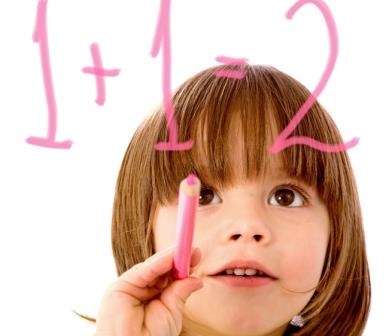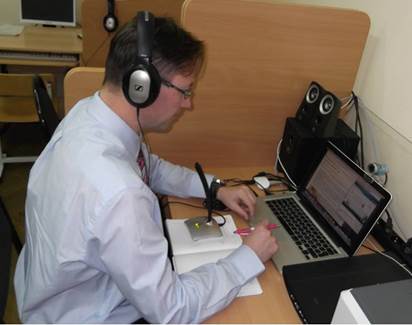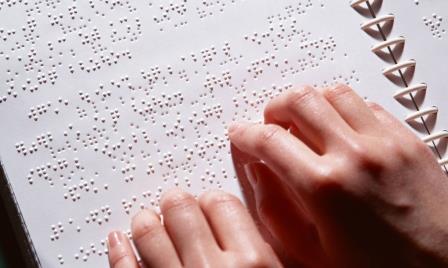Guide for authors
Manuscript Submission
We accept manuscripts relevant to the journal's subject matter (the modern context of lifelong education). Submitted papers should not have been published elsewhere before. We welcome conceptual and polemical studies based on real research of the modern state of lifelong education in Russia and abroad. The editorial board reserves the right of final decision on publishing submitted manuscripts. Confidentiality is guaranteed as well as the compliance with the provisions of the Civil Code of the Russian Federation, part 4, section VII, chapters 70-71 (“Copyright and Rights Related to Copyright”).
Text Formatting
Manuscripts should be submitted as Microsoft Word documents, which are to be not more than 1 publication basic sheet. In some cases (high scientific significance and originality), a paper's length could be increased in consultation with the editor-in-chief. Documents should have the .DOC extension, with page margins of 20mm all round and an indent of 0.5''.
Text should be justified without hyphenation and page numbering. Font: 14-point Times New Roman (for the whole text including tables/charts, formulas, notes), line space – 1.5.
The font for an abstract, key words, and a reference list should be 12-point, for footnotes – 10-point. The file name should contain the author's name in Latin characters.
References are each numbered. When cited in the text, the reference numbers are enclosed in square brackets with the number of the reference followed by a comma and the page numbers, e.g. [1, p.555].
Paper's Structure
An academic paper submitted for publication in indexed journals should consist of the following standard elements in both Russian and English:
UDC number (Universal Decimal Classification), should be placed at the top-left corner (the on-line catalogue of the UDC numbers: http://teacode.com/online/udc/37/37.html)
The authors first and last names, the city and country (should be put in brackets) in Russian and English should be placed at the top-right corner.
An article title should be in bold, capitalized, and centered.
An abstract of 120-250 words in Russian and English. An abstract is a brief summary of the major aspects of the entire paper in a prescribed sequence that includes:
- introduction - the overall purpose of the study and the research problem(s) you investigated;
- the methods and materials - information of the purpose and methods of the study;
- the results of the study - major findings or trends found as a result of your analysis;
- a brief summary of your interpretations and conclusions.
3-8 keywords or phrases which reflect what is essential about the paper.
Main Text
The text of the article should be structured. The recommended parts are as follows:
- introduction - setting of a research problem, its actuality and the overall purpose
- literature review - characteristics of the main study on the problem, indentation the non-resolved issues within the limits of the general problem.
- materials and methods - description of the study process and organization, grounds for the research method choice.
- results of investigation - systematic authorial analytical and statistical material, the findings, if necessary, are confirmed by illustrations (tables, graphs, figures), the data obtained are discussed
- conclusion - the results are summarized, conclusions are made, generalizations and recommendations arising from the results of the study, their practical significance is emphasized, the main directions for further research in this area are proposed.
The list of references is an important component of the article, showing the degree of scientific competence of the author (requirements and design samples are presented in the appendix). The list of sources should include mainly articles in scientific journals and collections, monographs, conference proceedings. Information about cited sources is placed at the end of the article in the order they appear in the text of the article, regardless of the original language, the use of a printed source or an electronic resource. References to sources are made in the text of the article in square brackets indicating the serial number and pages when citing, for example: [2, p. 5]. The recommended number of sources is up to 15–20, in review articles – up to 40–45., both in Russian and English versions.
The information about the author(s) should include: full name and surname; academic degree and title, city, place of work; current position held; email and home address, telephone number.
The author's photo (optional) should be in JPG format, at least 300 dpi.
Optional Elements
Each one should be in a separate file.
Tables: each typed on a separate page, numbered according to the first reference in the text. All tables should have titles. Tables should be submitted as Microsoft Word documents (.DOC). The position of tables should be indicated in the text of the article.
Illustrative material (pictures, photographs, charts, diagrams) should be numbered, named, and provided as separate files in raster or vector formats.
Raster formats (.TIF/.JPG): pictures and photographs should be at least 300 dpi.
Vector formats: the thickness of the lines should not be less than 0.2 mm. Text may be typed in Times New Roman or Arial. The position of a picture is to be indicated in the text of the article.
Diagrams and graphs should be created in Excel and sent in a single .XLS file with original numerical data included.
When creating graphs, it is recommended to use black, white, and grayscale colours, and avoid the use of 3D graphics, gradient fills. All lettering and numbers are recommended to be in bold 14-point ArialCyr. A graph itself should not contain any title, the title is to be reflected in the caption. Graphs created in statistical processing software may be sent as raster images.
Formulas should be typed either in Microsoft Equation (a part of Microsoft Word) or with symbol font (subscript and superscript characters, "Insert" tab, "Symbol"). Inserting formulas in the form of images is not acceptable.










